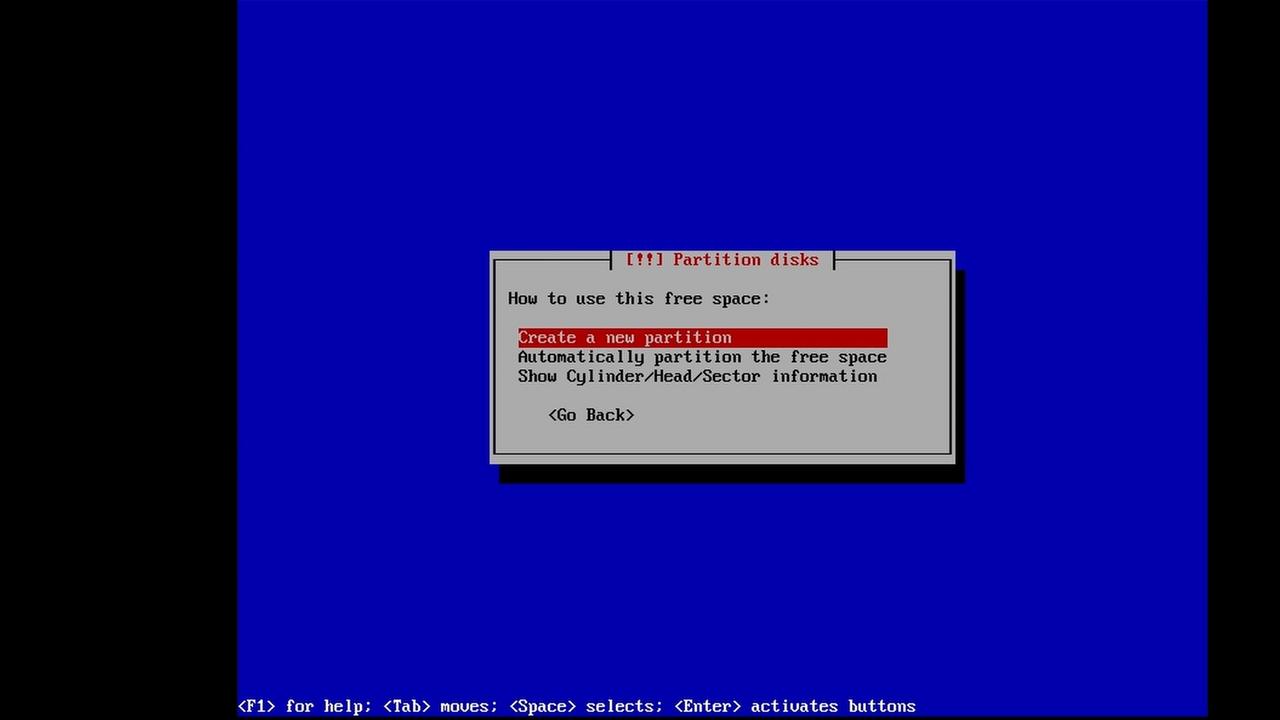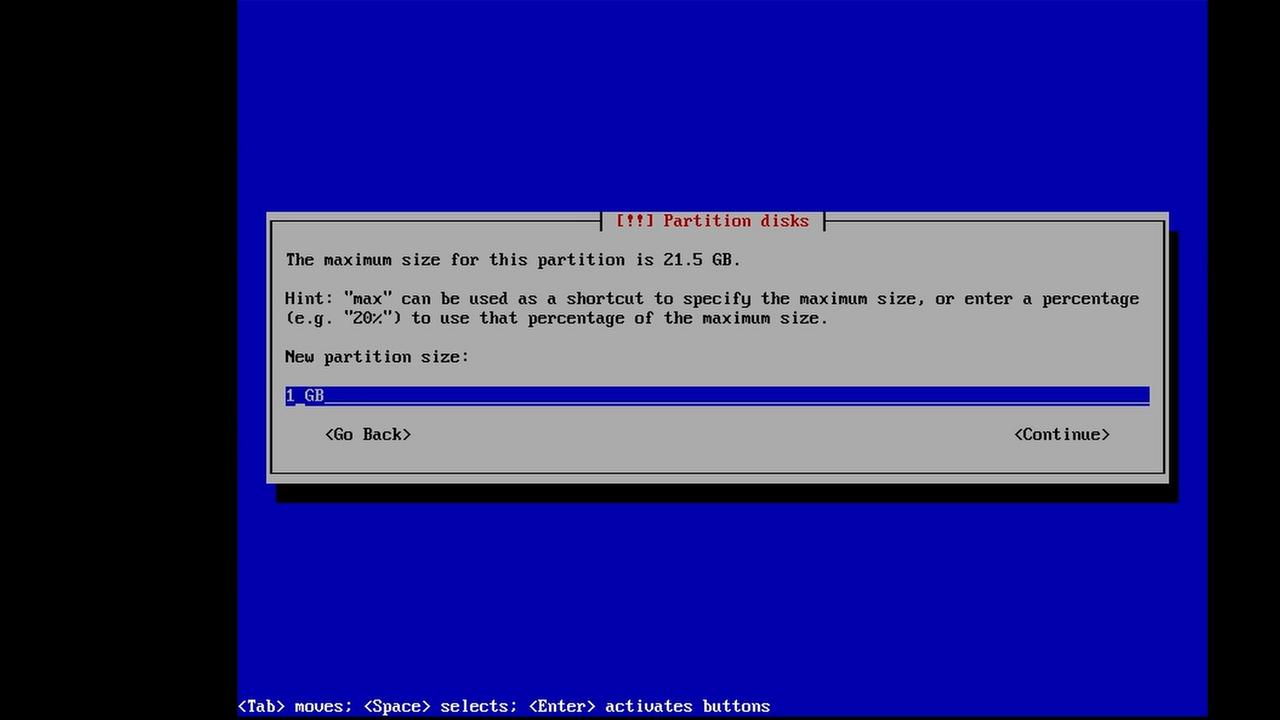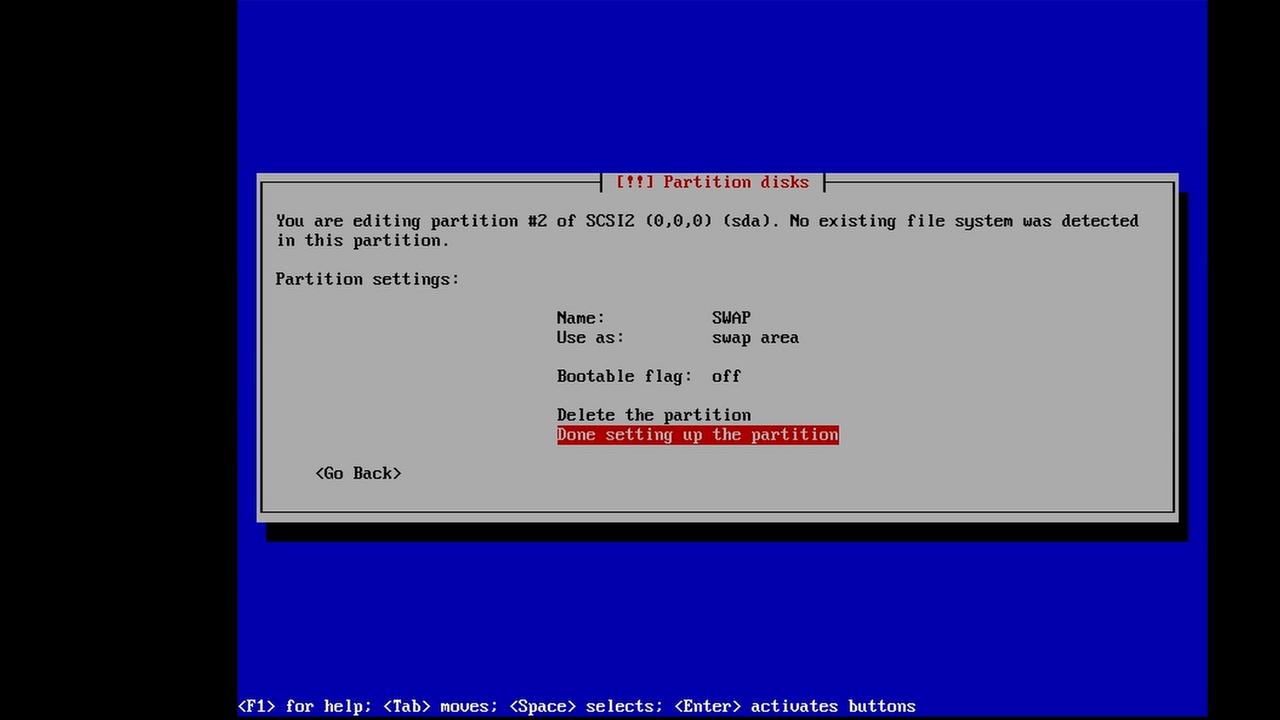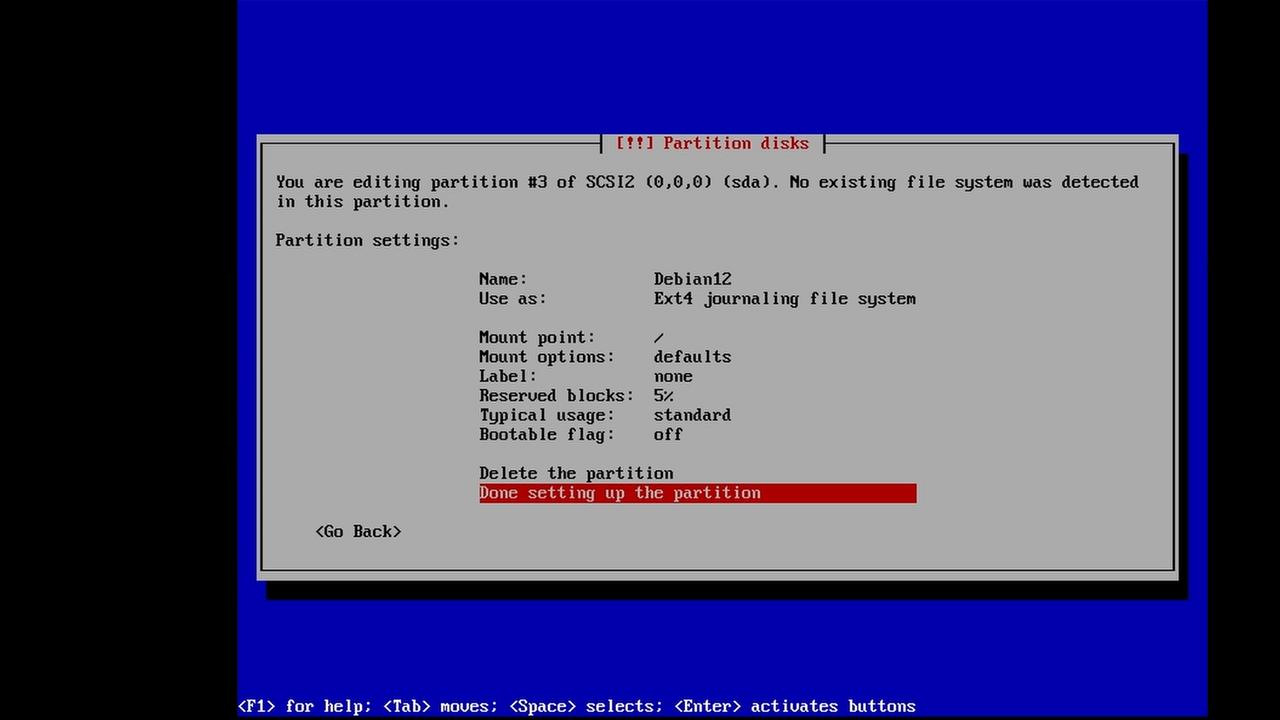Installing Debian with Manual Partitioning
Last update: July 24, 2024
Installing Debian with manual partitioning can seem daunting, but it offers flexibility and control over how your system's storage is structured. Here's a comprehensive guide to help you through the process.
Step 1: Initial Setup
- Choose Language: Start by selecting the language for your operating system.
- Select Country: Pick your country from the list provided.
- Configure Keymap: Choose a keymap that matches your keyboard layout.


Step 2: Set Hostname and User Configuration
- Hostname: Enter a hostname for your computer. For this guide, we'll use 'Debian'.
- Domain Name: Leave the domain name blank unless you have a specific requirement.
- Root Password: Leave the root password blank to disable the root account. This will automatically add the first user to the 'sudo' group.
- User Account: Provide a full name for the user, a username for the account, and set a password.
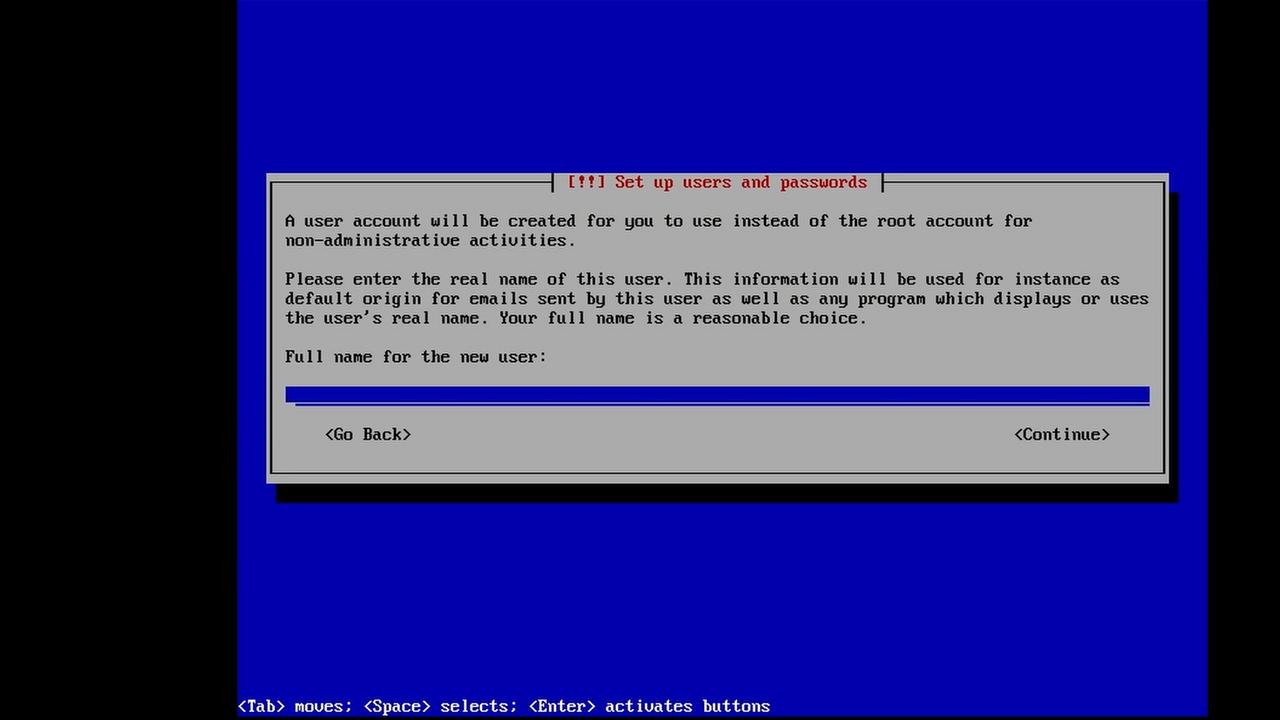
Step 3: Manual Partitioning
- Partitioning Method: Select "Manual" to proceed with manual partitioning.
- Disk Selection: Identify the disk to partition. If the disk has existing partitions, choose the disk itself to wipe everything and create a new partition table.
- Confirm Changes: Confirm that you want to create a new partition table, which will remove all current partitions.

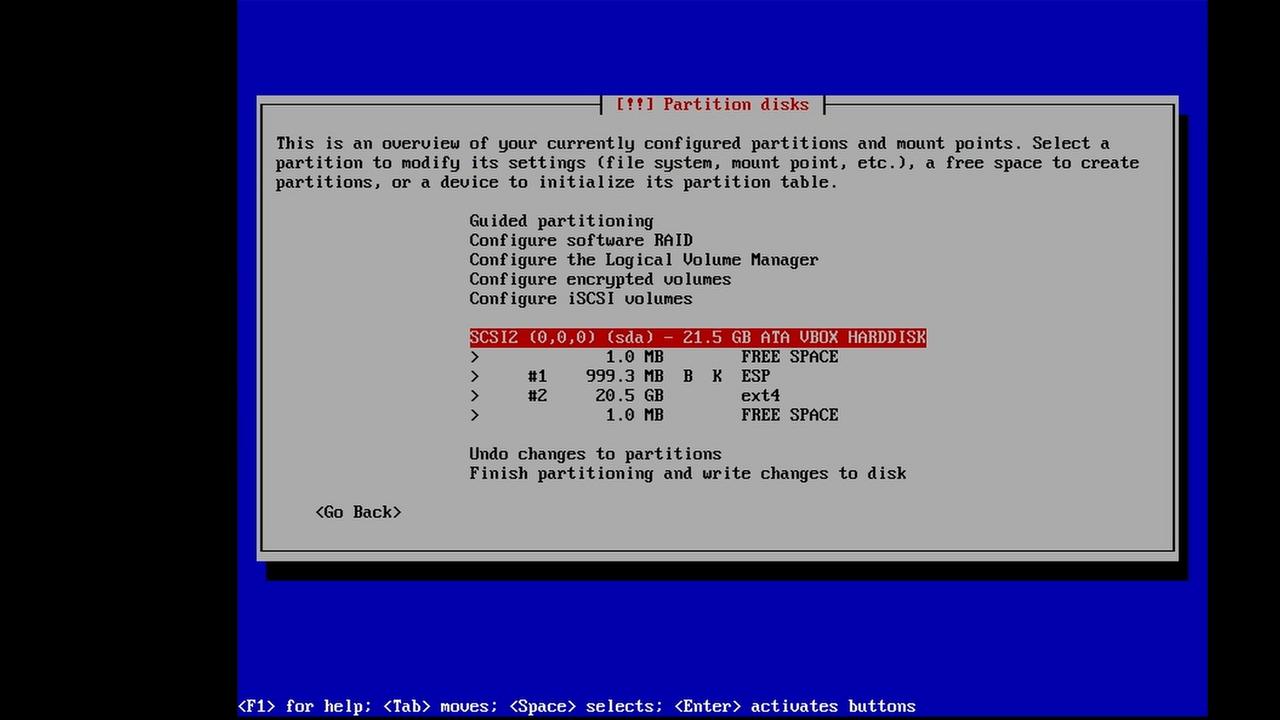
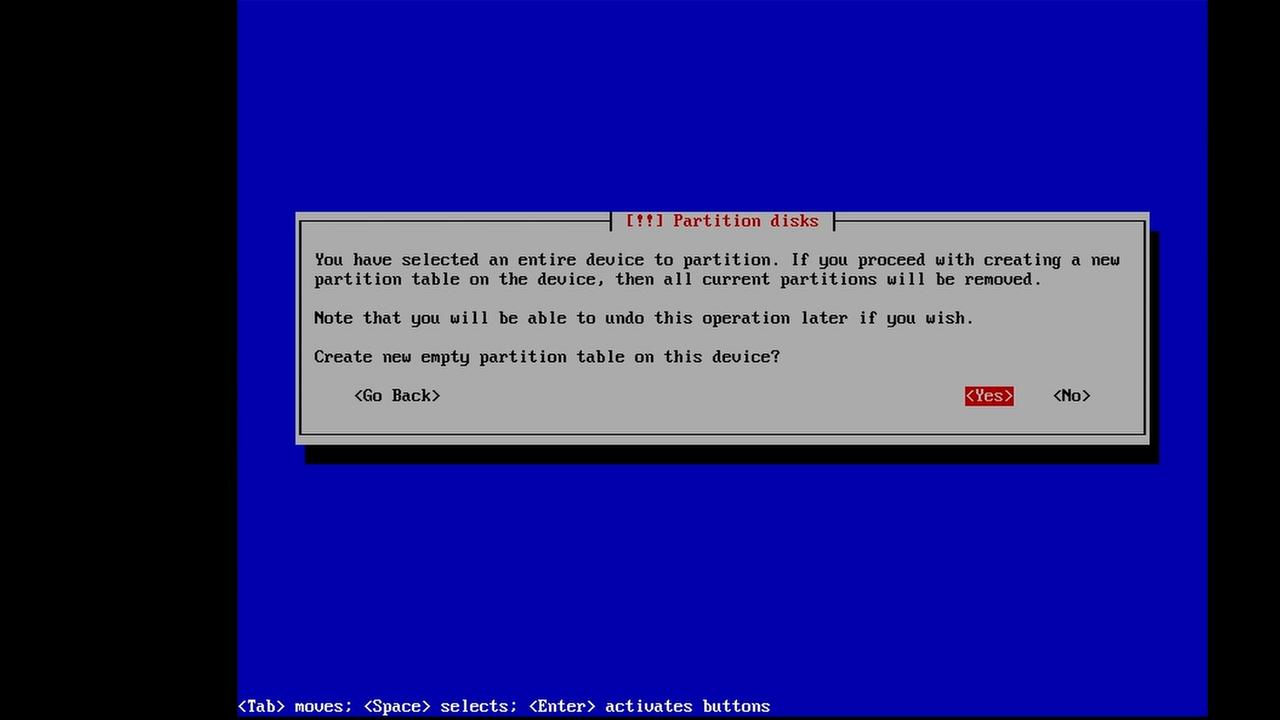
Step 4: Create Partitions
With the new partition table created, you'll see only "free space" available on the disk. Let's create the necessary partitions one by one:
- EFI System Partition (ESP):
- Swap Partition:
- Select Free Space: Again, select the remaining free space to create the next partition.
- Role: The swap partition acts as overflow space for your system's RAM. If your physical RAM is full, inactive pages are moved to the swap space.
- Size: For modern systems, 2 to 4 GB is usually sufficient. We'll allocate 4 GB for robust performance.
- Setup:
- Main Partition:
- Select Free Space: Finally, use the rest of the free space to create the main partition.
- Role: This is where Debian will be installed along with all your user files and applications.
- Size: Allocate the remaining disk space to this partition to ensure ample storage for the operating system and user data.
- Setup:
Step 5: Finalize Partitioning
- Finish Partitioning: Review your partition setup. Ensure that the ESP, SWAP, and main partitions are correctly configured.
- Write Changes: Confirm and write the changes to the disk.

Step 6: Installation
- Install Debian: The installation process will begin and may take some time.
- Default Options: During the installation, you'll be prompted with a few questions. It's safe to choose the default options for all of them.
- Completion: Once the installation is complete, restart your computer.
Congratulations, you've successfully installed Debian with manual partitioning!
Conclusion
Manual partitioning allows you to tailor your Debian installation to your specific needs. With these steps, you can confidently set up your system and take full advantage of Debian's robust capabilities. Thanks for following along!
